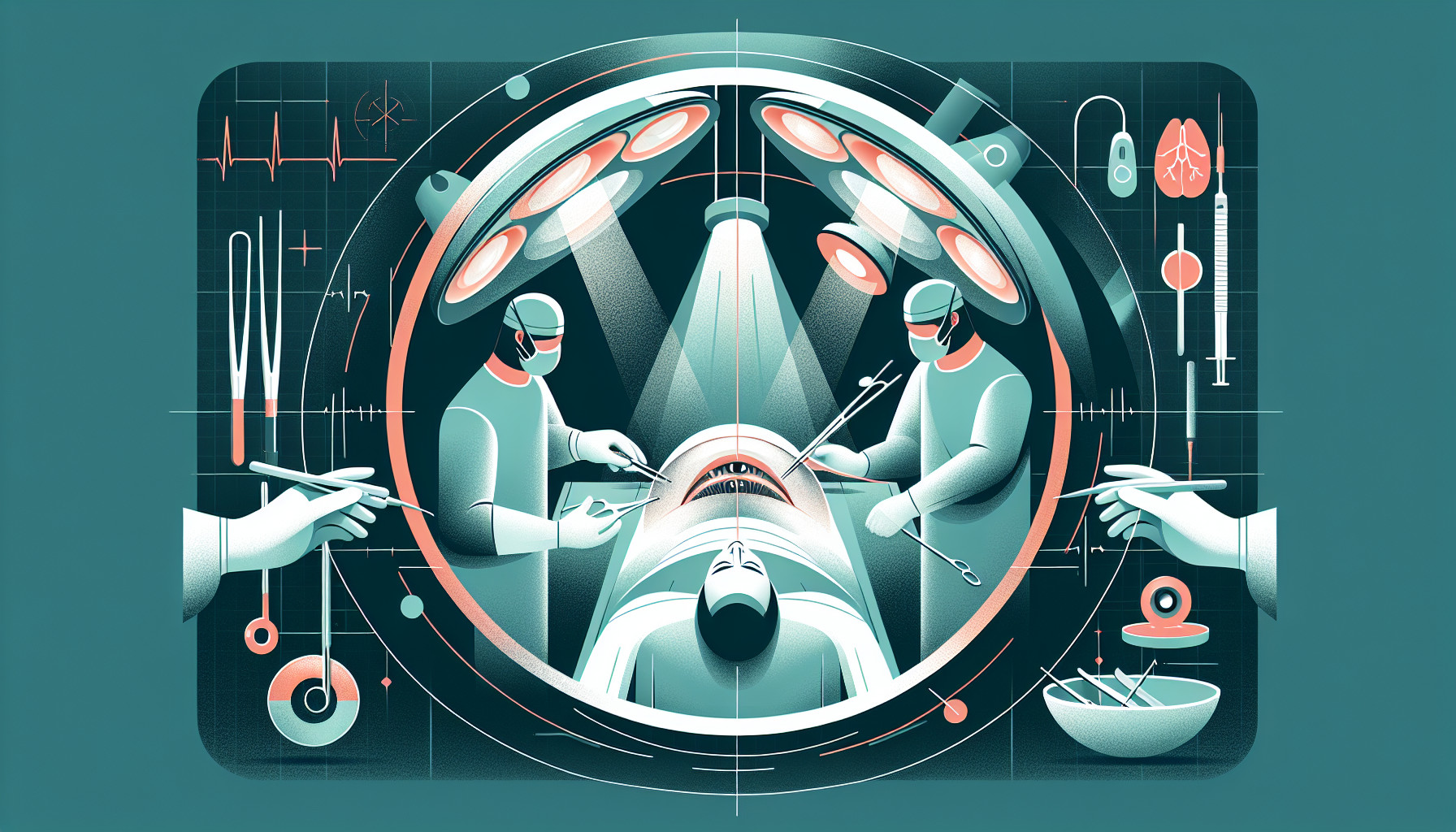Our Summary
This research paper is a review of different approaches to making cataract surgery more environmentally friendly without compromising patient safety. It’s important because the healthcare sector is a big contributor to global greenhouse gas emissions, and cataract surgery is one of the most frequently performed surgical procedures. The review found that the amount of carbon emissions from a single cataract surgery can be much lower in some places, such as India, compared to the United Kingdom. This suggests there’s a lot of potential to make cataract surgeries more sustainable. The paper also highlights that certain practices can reduce the carbon footprint of cataract surgery, such as using less energy, optimizing the use of single-use materials, and managing waste more effectively. The challenge, however, lies in changing regulations and attitudes to allow these sustainable practices to be more widely adopted. Overall, the review suggests that it is possible to make cataract surgery more environmentally friendly while still keeping patients safe, and that doing so is crucial for future generations.
FAQs
- How can cataract surgery be made more environmentally friendly without compromising patient safety?
- What factors contribute to the carbon emissions from cataract surgeries, and how can these be reduced?
- Why is it a challenge to adopt more sustainable practices in cataract surgeries?
Doctor’s Tip
A helpful tip a doctor might tell a patient about cataract surgery is to follow all pre-operative instructions given by your surgeon, such as avoiding eating or drinking before the procedure, as well as taking any prescribed medications as directed. This will help ensure a successful surgery and smooth recovery process.
Suitable For
Patients who are typically recommended cataract surgery include those who are experiencing the following symptoms and conditions:
Blurred vision: Cataracts cause the lens of the eye to become cloudy, leading to blurred or dim vision.
Difficulty seeing at night: Cataracts can cause difficulty seeing in low light conditions, such as at night or in dimly lit rooms.
Sensitivity to light: Cataracts can cause increased sensitivity to light, making it uncomfortable to be in bright environments.
Halos around lights: Patients with cataracts may see halos or glare around lights, making it difficult to drive at night or see clearly in bright sunlight.
Changes in color vision: Cataracts can cause colors to appear faded or yellowed, affecting the patient’s ability to distinguish between colors.
Difficulty reading or performing daily tasks: Cataracts can make it challenging to read, drive, watch TV, or perform other daily activities that require clear vision.
Overall, patients who experience these symptoms and have cataracts that significantly impact their daily life and vision are typically recommended cataract surgery to improve their quality of life and vision.
Timeline
Before cataract surgery:
- Patient experiences symptoms such as blurry vision, difficulty seeing at night, glare from lights, and colors appearing faded.
- Patient undergoes an eye examination to confirm the presence of cataracts and assess their severity.
- Patient discusses treatment options with their ophthalmologist and decides to proceed with cataract surgery.
- Pre-operative tests are conducted to ensure the patient is a suitable candidate for surgery.
- Patient receives instructions on how to prepare for surgery, including fasting before the procedure.
After cataract surgery:
- Patient arrives at the surgical center and is prepped for the procedure.
- Cataract surgery is performed, typically taking less than 30 minutes to complete.
- Patient is monitored for a short period after surgery and then discharged with a protective eye shield.
- Patient is given post-operative care instructions, including the use of eye drops to prevent infection and promote healing.
- Patient attends follow-up appointments to monitor their recovery and ensure proper healing of the eye.
- Patient’s vision gradually improves as the eye heals, with full recovery typically taking a few weeks.
- Patient may need to undergo a refractive procedure to address any remaining vision issues, such as astigmatism.
Overall, cataract surgery is a relatively quick and safe procedure that can significantly improve a patient’s vision and quality of life.
What to Ask Your Doctor
What are the potential risks and complications associated with cataract surgery?
What type of cataract surgery is recommended for my specific condition (traditional vs. laser-assisted surgery)?
What is the success rate of cataract surgery in general and for my specific case?
What is the recovery process like after cataract surgery, and how long does it typically take to fully recover?
Will I need to wear glasses or contact lenses after cataract surgery?
How soon after cataract surgery can I resume normal activities, such as driving or exercising?
Are there any lifestyle changes or precautions I need to take before or after cataract surgery?
How often will I need to follow up with my doctor after cataract surgery?
What are the potential long-term effects of cataract surgery on my vision and eye health?
Are there any alternative treatments or options to consider before proceeding with cataract surgery?
Reference
Authors: Kiyat P, Palamar M. Journal: Int Ophthalmol. 2025 Jun 4;45(1):223. doi: 10.1007/s10792-025-03604-4. PMID: 40465009
